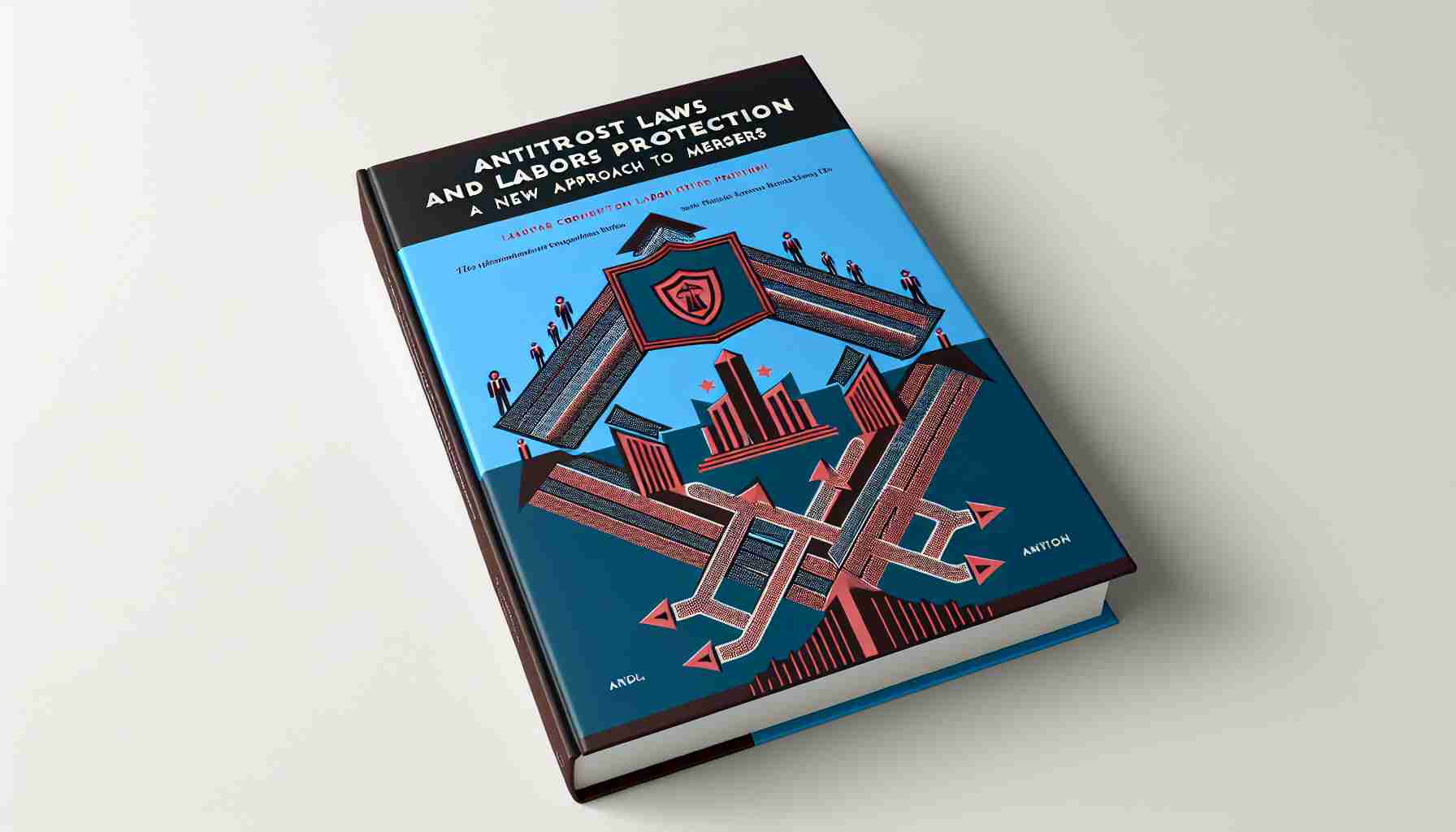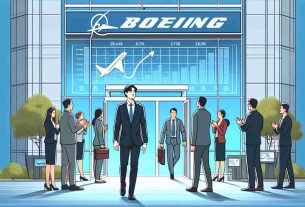A New Perspective on Antitrust Laws
Federal Trade Commission Chair Lina Khan’s innovative approach to using antitrust laws to safeguard the rights of workers is under scrutiny as the agency challenges the merger between retail giants Kroger and Albertsons. While traditionally antitrust laws have focused on protecting consumers from high prices, Khan and the Biden administration are aiming to combat anticompetitive practices that impact workers’ pay.
A Shift in Focus
Labor rights have become a central focus for Khan, who took over the agency in June 2021. Emphasizing the direct impact of the FTC’s decisions on working individuals, Khan is leading the charge to address labor market issues in mergers.
The Case at Hand
The lawsuit against the Kroger-Albertsons merger raises concerns about potential ownership concentration leading to increased grocery prices. Additionally, the impact on unions’ ability to negotiate for fair wages and benefits is a key point of contention, particularly in regions where the two chains operate closely together.
New Challenges and Opportunities
As the FTC navigates this uncharted territory of incorporating labor market competition into antitrust reviews, the outcome of the Kroger case could set a precedent for future merger challenges based on their effects on workers.
Looking Ahead
Despite the potential hurdles faced by the FTC in proving the unique nature of union grocery store jobs within the labor market, the case signifies a significant step towards broader consideration of labor protections in merger evaluations. As the boundaries between antitrust laws and labor relations blur, the landscape of merger scrutiny is evolving to encompass a more holistic approach that considers the well-being of workers alongside traditional consumer welfare concerns.
Expanding Perspectives on Antitrust Laws and Labor Protection
While the focus on incorporating labor protection aspects into antitrust laws gains momentum, there are crucial questions that arise, highlighting the complexities and controversies surrounding this new approach to mergers.
Key Questions:
1. How can antitrust laws effectively balance protecting workers’ rights while still addressing traditional consumer welfare concerns?
2. What mechanisms can be put in place to ensure that labor protections are upheld during and after mergers?
3. Are there potential unintended consequences or trade-offs associated with prioritizing labor rights in antitrust evaluations?
Challenges and Controversies:
– Proving Labor Market Impact: One of the biggest challenges lies in empirically demonstrating the impact of mergers on workers in a way that is convincing to regulators and courts.
– Union Dynamics: The influence of unions on labor negotiations and market dynamics presents a complex layer that may require specialized expertise to navigate.
– Legal Precedents: Establishing legal precedents that effectively integrate labor protection considerations into antitrust laws without jeopardizing the core objectives of competition regulation remains a contentious issue.
Advantages:
– Enhanced Worker Protections: By expanding the scope of antitrust reviews to encompass labor considerations, workers may benefit from increased job security and improved bargaining power.
– Fair Competition: Incorporating labor protection aspects could promote a more level playing field in markets where worker exploitation may have previously gone unnoticed.
– Social Responsibility: Prioritizing labor rights reflects a commitment to broader societal values beyond mere economic efficiency.
Disadvantages:
– Complexity of Evaluation: Balancing labor protection concerns alongside traditional antitrust factors can complicate the evaluation process, potentially leading to lengthy and resource-intensive reviews.
– Potential Economic Impacts: There are concerns that overly stringent labor protection requirements could dampen business competitiveness and innovation, impacting overall market dynamics.
– Regulatory Uncertainty: The shift in focus towards labor protection aspects may create uncertainties in regulatory interpretation and enforcement, leading to unpredictability in merger outcomes.
In conclusion, the intersection of antitrust laws and labor protection heralds a new era in merger evaluations, raising important considerations beyond traditional consumer welfare concerns. As regulators grapple with the challenges and opportunities presented by this evolving landscape, a delicate balance must be struck to ensure that both workers and competition are safeguarded.
For more insights on antitrust laws and labor protection, visit US Department of Justice.



